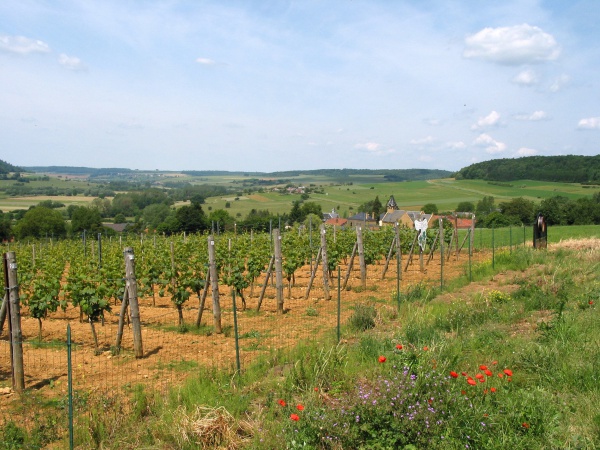Facts About Belgian wine
Belgian wine production has a rich history that dates back to the Middle Ages. As early as the 8th century, vineyards were flourishing in the region, primarily due to the efforts of monks. Towns such as Tournai, Louvain, Brussels, and Bruges each had their own vineyards. However, the 15th century brought climatic challenges and an increase in beer production, which led to a decline in wine consumption.
In recent years, Belgian wine has experienced a resurgence, particularly in the regions of Wallonia and Flanders. Today, the country boasts five officially recognized Appellations d'Origine Contrôlée (AOCs) and two Vin de Pays regions. White wines, especially Chardonnay, dominate the scene, accounting for about 90% of production. Oaked Chardonnay wines have been especially well-received.
Several grape varieties are authorized for the AOCs, including Auxerrois, Chardonnay, and Pinot Noir, among others. Although Belgium does not host many wine competitions, the International Wine Contest of Monde Selection stands out as a prominent event.

 Germany
Germany